METRO MARVELS: EQUIPMENT BEHIND URBAN TRANSIT TRANSFORMATION
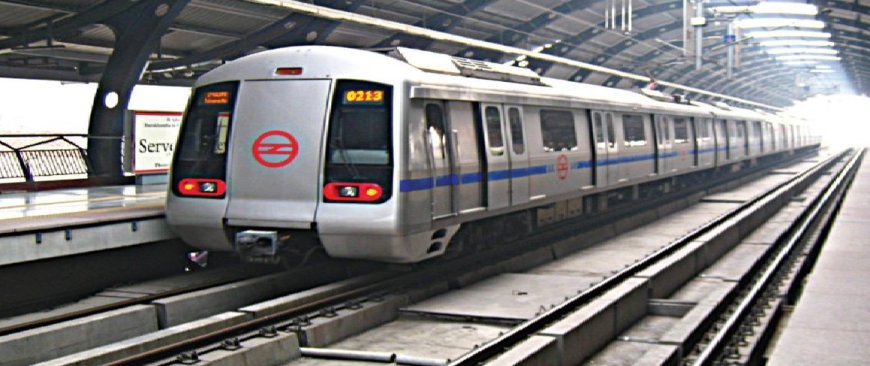
Urbanization is accelerating at an unprecedented pace, bringing with it a surge in the demand for efficient public transportation systems. In response, metro rail projects have become a cornerstone of urban infrastructure development. The construction of these complex networks is no small feat, requiring a wide array of specialized equipment designed to tackle the unique challenges posed by urban environments.
Equipment Times delves into the world of metro construction equipment, exploring the machinery that powers these projects, the current market dynamics, emerging trends, and the challenges faced by the industry.
As cities across the globe rapidly expand, the demand for efficient, sustainable, and reliable urban transportation has never been greater. Metro systems, often the lifeblood of modern urban centers, are pivotal in addressing this need. Behind the scenes of every metro line lies a complex web of engineering marvels, powered by cutting-edge construction equipment that drives these massive projects forward. Metro construction is a multifaceted operation that demands a wide range of specialized equipment. From tunneling through dense urban landscapes to laying tracks and ensuring structural integrity, the machinery involved plays a critical role in every phase of the project. Metro construction is a multifaceted process that involves several stages, from underground tunneling to track laying and station construction. Each stage demands specific equipment tailored to the task at hand.
Key machines that are indispensable to metro construction…
Tunnel Boring Machines (TBMs): TBMs are the giants of metro construction, responsible for creating the underground tunnels that form the backbone of metro networks. These machines are designed to work in challenging urban environments, often beneath existing structures, without disturbing the surface.
Excavators and Backhoe Loaders: These versatile machines are used for a variety of tasks, from digging trenches to moving earth. Their ability to operate in confined spaces makes them ideal for urban construction sites.
Cranes: Tower cranes and mobile cranes are essential for lifting and placing heavy materials, such as concrete segments, steel structures, and prefabricated elements. Their precision and reach are critical in the densely built-up areas where metro projects are typically located.
Concrete Batching Plants: Consistent and high-quality concrete is vital for the structural integrity of metro systems. Batching plants ensure that the concrete used meets the stringent standards required for such critical infrastructure.
Rail Track Laying Machines: These machines are designed to lay tracks with high precision, ensuring smooth and efficient train operations. They are often used in conjunction with automated systems to speed up the construction process while maintaining accuracy.
Shotcrete Machines: Used for tunnel lining, shotcrete machines apply a mix of concrete and additives to the tunnel walls, providing structural support and sealing the tunnel against water ingress.
Market Highlights and Trends…
The metro construction equipment market has seen significant growth, driven by the global push towards sustainable urbanization and the increasing adoption of metro systems as a solution to urban congestion. Here are some key market trends:
Technological Advancements: Innovations in construction technology, such as automation, AI, and IoT, are transforming metro construction. These advancements are leading to more efficient, safer, and faster construction processes. For instance, smart TBMs equipped with AI-driven guidance systems can optimize tunnel boring, reducing the risk of human error and minimizing delays.
Sustainability Focus: There is a growing emphasis on reducing the environmental impact of construction activities. Equipment manufacturers are increasingly incorporating energy-efficient technologies and materials that minimize waste. Electric and hybrid machines are also gaining traction, offering lower emissions and reduced noise levels, which are crucial in urban settings.
Rise of PPP Models: Public-Private Partnerships (PPP) are becoming more common in metro projects, providing a boost to the construction equipment market. These models help in securing financing and expertise from the private sector, facilitating the execution of large-scale projects.
Global Expansion: Emerging economies, particularly in Asia and Africa, are investing heavily in metro infrastructure, creating new opportunities for equipment manufacturers. Companies are increasingly focusing on these markets, offering tailored solutions that meet local requirements.
Challenges in Metro Construction…
Despite the promising growth, the metro construction equipment industry faces several challenges:
Urban Constraints: Constructing metro systems in densely populated areas presents significant challenges. The need to minimize disruption to existing infrastructure and communities requires highly specialized equipment and careful planning.
Regulatory Hurdles: Navigating the complex regulatory landscape can be a significant challenge, particularly in emerging markets. Delays in approvals and the need to comply with stringent environmental and safety regulations can impact project timelines and costs.
Cost Pressures: Metro projects are capital-intensive, and cost overruns are common. Equipment manufacturers and contractors are under constant pressure to deliver high-quality results while keeping costs in check. This has led to a growing demand for cost-effective solutions and innovative financing models.
Industry speaks…
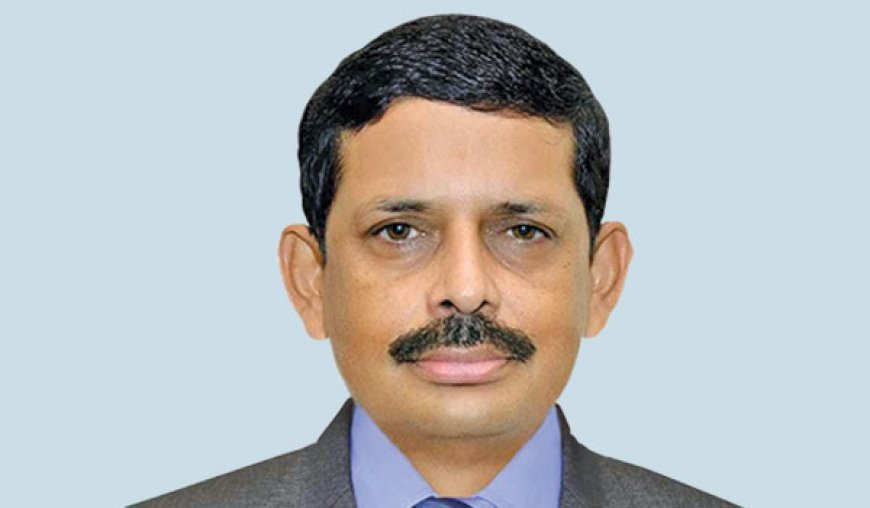
Anuj Dayal, Principal Executive Director, Corporate Communications, DMRC, said, “DMRC has consistently integrated cutting-edge technologies to enhance the commuter experience and operational efficiency. DMRC has introduced driverless Metro trains on the Magenta and Pink Lines. This technology will also be implemented across all Phase-4 corridors, marking a significant step towards automation and operational efficiency. DMRC recently launched Beta version of an AI-powered virtual assistant, “Chetna” on its official website. This chatbot offers the commuters maximum accessibility to queries related to Metro travel, such as travel routes, fare calculations, and station details.”
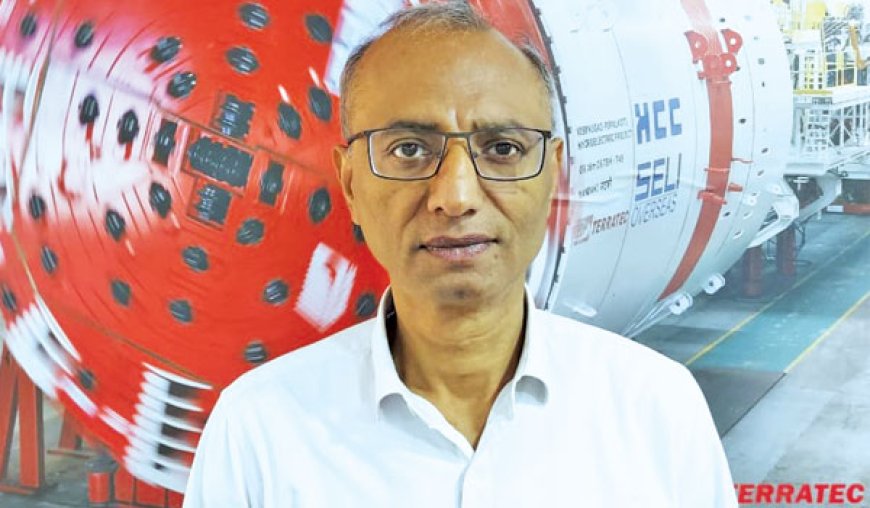
Gulshan Gill, Managing Director, Terratec India, said, “Terratec offers a diverse range of Tunnel Boring Machines (TBMs), categorized mainly into two types: shielded (e.g., EPB and Slurry) and non-shielded (e.g., Open TBM). In India we have supplied all types of TBM which includes EPB, Slurry, Open TBMs, Hard Rock Double Shield, and Dual Mode machines. Currently, our TBMs in India vary in size, from the smallest EPB TBM used for sewerage tunnels to the largest Double Shield Rock TBM employed in hydro projects. With even larger machines is under production and will be delivered soon.”

V.G. Sakthikumar, CMD, Schwing Stetter India, said, “Schwing Stetter India has consistently pushed the boundaries of innovation in our metro construction equipment. Notable advancements include our state-of-the-art boom pumps with extended reach and precision, ensuring efficient concrete placement in confined urban environments. Our stationary pumps now feature enhanced pressure capabilities, allowing for higher outputs over longer distances and heights—crucial for the vertical challenges of metro construction. Additionally, the integration of IoT and automation technologies into our machinery has improved real-time monitoring and control, reducing human error and enhancing operational efficiency.”

Rakesh Modi, Chairperson, Mtandt, said, “In the realm of metro construction, technology is a game-changer. We’ve integrated cutting-edge innovations like automated control systems, telematics, and energy-efficient power sources into our equipment. Notably, our Truck Mounted Boom Lifts with working height from 11 to 45m and Rough Terrain Boom Lifts are designed to handle the challenging environments of metro infrastructure, offering unmatched stability and reach. For station infrastructure construction, our Scissor Lifts provide the necessary precision and safety in confined spaces. Additionally, our Rail and Road Boom Lifts, like the BA16RR, are engineered specifically for rail infrastructure maintenance, allowing seamless transition between road and rail modes. These advancements not only enhance the precision and reliability of our machines but also significantly reduce operational downtime.”
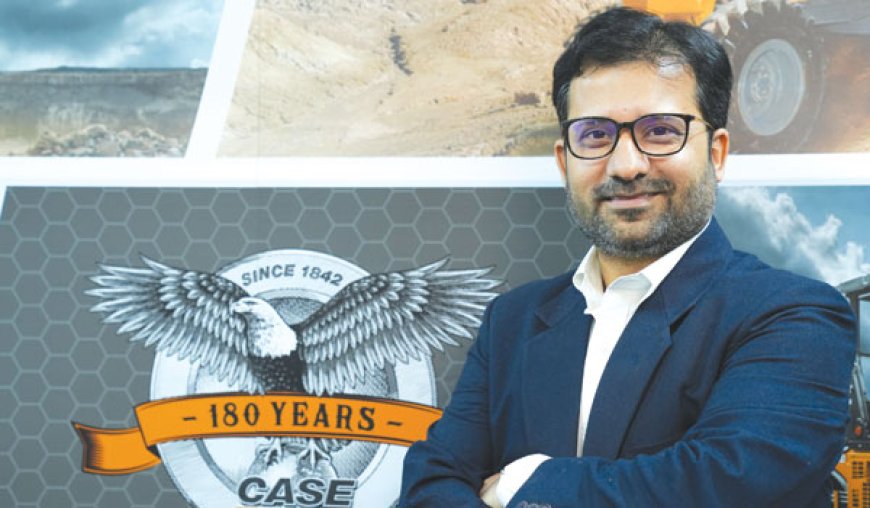
Shalabh Chaturvedi, Managing Director, CASE Construction Equipment – India & SAARC region, said, “The demand for construction equipment (CE) has significantly increased over the past few years. This growth has been driven by the rapid expansion of urban infrastructure and the government’s focus on enhancing public transportation networks. One of the key factors driving growth include the push for sustainable urban development, the need for reduced traffic congestion, and government initiatives aimed at improving connectivity and reducing carbon emissions. Additionally, advancements in construction technology and a growing emphasis on safety and environmental preservation have further fuelled the demand for our state-of-the-art equipment in metro construction projects.”
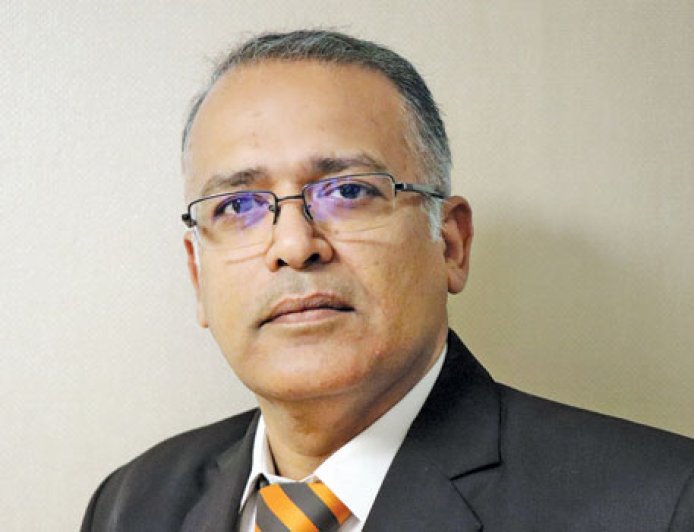
Manish Mathur, Chief Executive Officer, ACE - Action Construction Equipment, said, “We’ve seen a notable spike in demand for our equipment in metro construction over the last few years. This surge is largely fuelled by the rapid growth to develop urban transportation networks in cities across India. As more people move to cities, the existing infrastructure struggles to keep up, making metro systems a vital solution to reduce traffic congestion and pollution. The government’s push for smarter, more sustainable cities through initiatives like the Smart Cities Mission and the Atal Mission for Rejuvenation and Urban Transformation (AMRUT) has further powered this demand. As metro projects expand, even beyond the biggest cities, our specialized construction equipment have become more critical than ever.”

Subhajit Chandra, Divisional Head- Mobile Crane Division, Liebherr India, said, “As the demand for Metro construction has grown by a huge margin since the Govt has made big push for public transportation in the country and when it comes to building the metro infrastructure Liebherr crawler and all terrain cranes are among the highly utilised cranes in the Metro construction, be it for handling of Tunnel Boring Machines (TBMs) in underground metro sections, executing heavy lifts like erection of girder launchers or launching the girders itself, Liebherr cranes have been at the forefront in this metro infrastructure revolution.”








